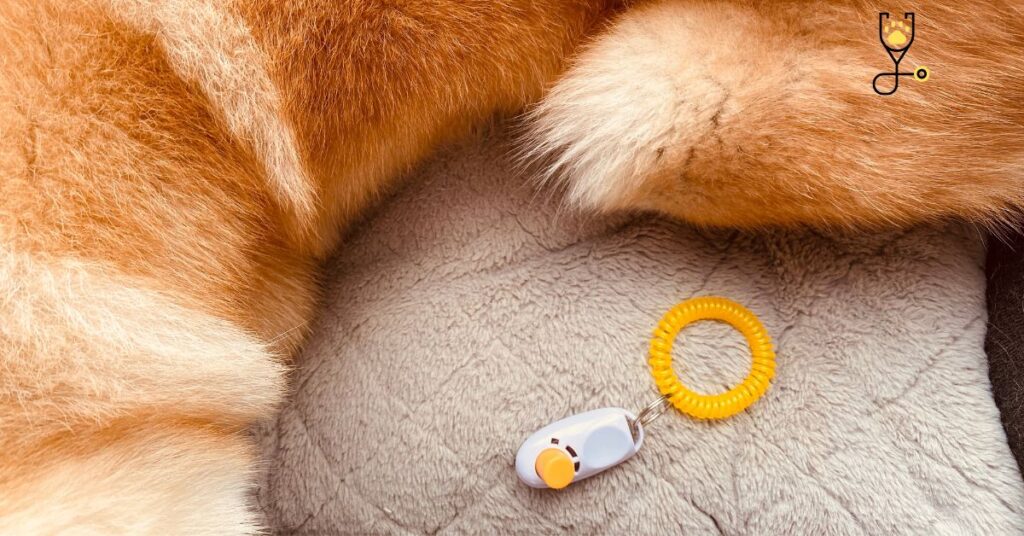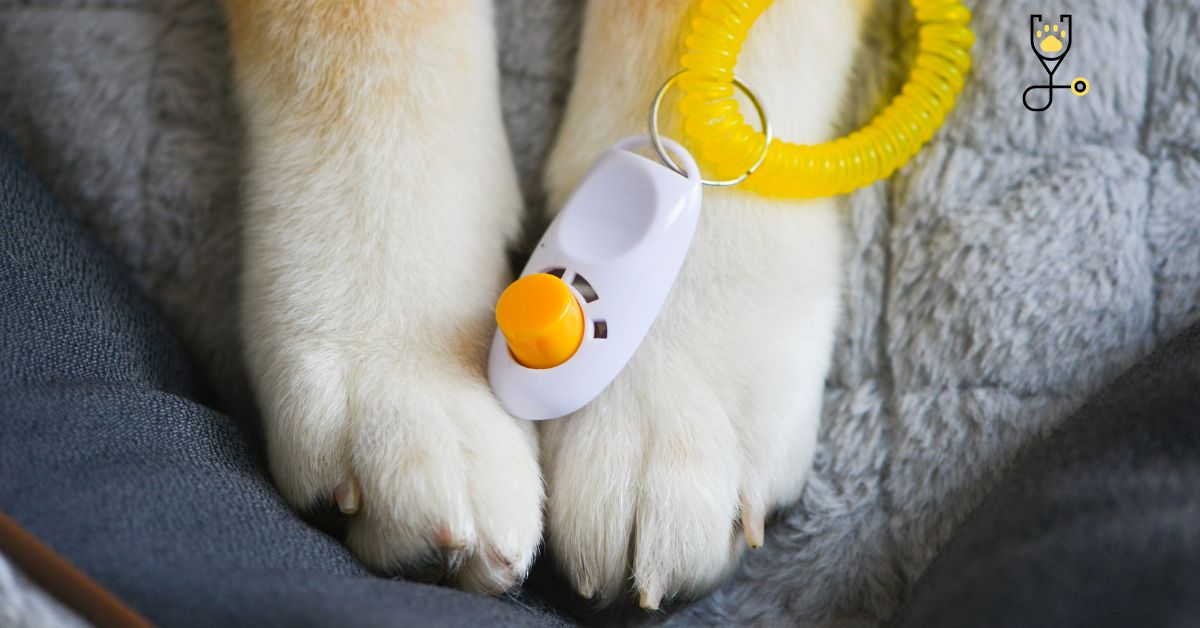Clicker training your cat can be an amazing experience for both you and your cat. It helps to build a trusting relationship, provides mental and physical stimulation, and can even help correct unwanted behaviors. But where do you start? Check out these tips to get started Clicker Training your cat today!
Clicker train! What’s that?
If you’ve ever used a remote to train your dog, you’re already halfway there. Clicker training is a positive reinforcement method that uses a marker signal (in this case, a clicker sound) to let your cat know when they’ve done something you’ve asked of them.
- You can clicker train your cat to do all sorts of tricks, from sitting and staying to more complex behaviors like fetching or using the toilet.

Tips for clicker training your cat
Here are a few tips to help you get started clicker training your cat:
1. Start with simple behaviors
Thinking of starting with something complicated? Think again! It’s important to start with simple behaviors that your cat can easily understand. Once your cat has mastered these, you can move on to more complex tricks. Sitting, for example, is a behavior that most cats already do naturally. So it’s the perfect place to start!
2. Choose your rewards wisely
What motivates your cat? Is it treats? Toys? Affection? Figure out what will get your cat’s attention and use that as a reward for good behavior. Remember, the goal is to make training fun for both of you!
3. Be consistent
Cats are creatures of habit, so it’s important to be consistent when clicker training. Choose a specific cue (like the word “sit”) and stick with it. Don’t confuse your cat by using different words or gestures for the same behavior.
4. Be patient
Cats aren’t known for their patience, but that doesn’t mean you should give up when training gets tough. Like with any learning process, it’s important to be patient and give your cat time to learn.
5. Make it fun!
Training should be fun for both of you, so make sure to keep sessions short and sweet. If your cat seems bored or uninterested, take a break and try again later.
6. Use a clicker or target stick
A clicker is a small, hand-held device that makes a clicking sound when pressed. You can use it to mark the exact moment your cat does something you’ve asked of them.
Target sticks are another great tool for clicker training. They’re long, thin rods with a small piece of fabric or paper on the end. You can use them to guide your cat’s movements and help them understand what you want them to do.
7. Be prepared to reward often
Clicker training is all about positive reinforcement, so be prepared to give your cat lots of rewards! A good rule of thumb is to click and treat every 2-3 seconds when your cat is first learning a behavior. As they start to understand what you’re asking of them, you can extend the intervals between clicks and treats.
8. Put it on cue
Once your cat has mastered a behavior, it’s time to put it on cue. That means adding a specific word or gesture that tells your cat to do the behavior. For example, you might say “sit” as your cat sits down, or use a hand signal like a thumbs up.
9. fading the clicker
Once your cat is responding consistently to a cue, it’s time to start fading the clicker. That means clicking less and less often until you’re only clicking once per behavior. This can help your cat learn to respond to cues without needing the clicker sound every time.
10. Practice in different environments
It’s important to practice clicker training in different environments, so your cat doesn’t get too comfortable only responding in one place. Try training in different rooms of your house, or even outdoors if you’re feeling brave!
11. Be prepared for setbacks
Setbacks are normal when learning any new skill, so don’t get discouraged if your cat doesn’t seem to be progressing as quickly as you’d like. Just take a break and try again later. With patience and practice, you’ll be clicker training like a pro in no time!
12. Have fun!
Remember, the most important thing is to have fun with your cat! If training isn’t fun for either of you, it’s time to take a break and try again later. After all, learning should be a positive experience for both of you!

Conclusion
Clicker training is a great way to bond with your cat while teaching them new tricks. Just remember to be patient, and consistent, and have fun! With a little practice, you’ll be clicker training like a pro in no time!
Frequntly Asked Questions
1. What is clicker training?
Clicker training is a type of positive reinforcement training that uses a small hand-held device called a clicker. The clicker is used to mark the exact moment your cat does something you’ve asked of them.
2. Why is it called clicker training?
The name comes from the clicking sound the device makes when pressed.
3. What are some benefits of clicker training?
Clicker training can be a great way to bond with your cat while teaching them new tricks. It’s also a very positive form of training that uses no force or coercion.
4. How do I get started with clicker training?
First, you’ll need to purchase a clicker and some treats. Once you have those, you can start by teaching your cat simple behaviors like sit, stay, come, and down. For more information on how to get started, check out our article on clicker training basics.
5. What if my cat doesn’t seem to be progressing?
Setbacks are normal when learning any new skill, so don’t get discouraged if your cat doesn’t seem to be progressing as quickly as you’d like. Just take a break and try again later. With patience and practice, you’ll be clicker training like a pro in no time!







